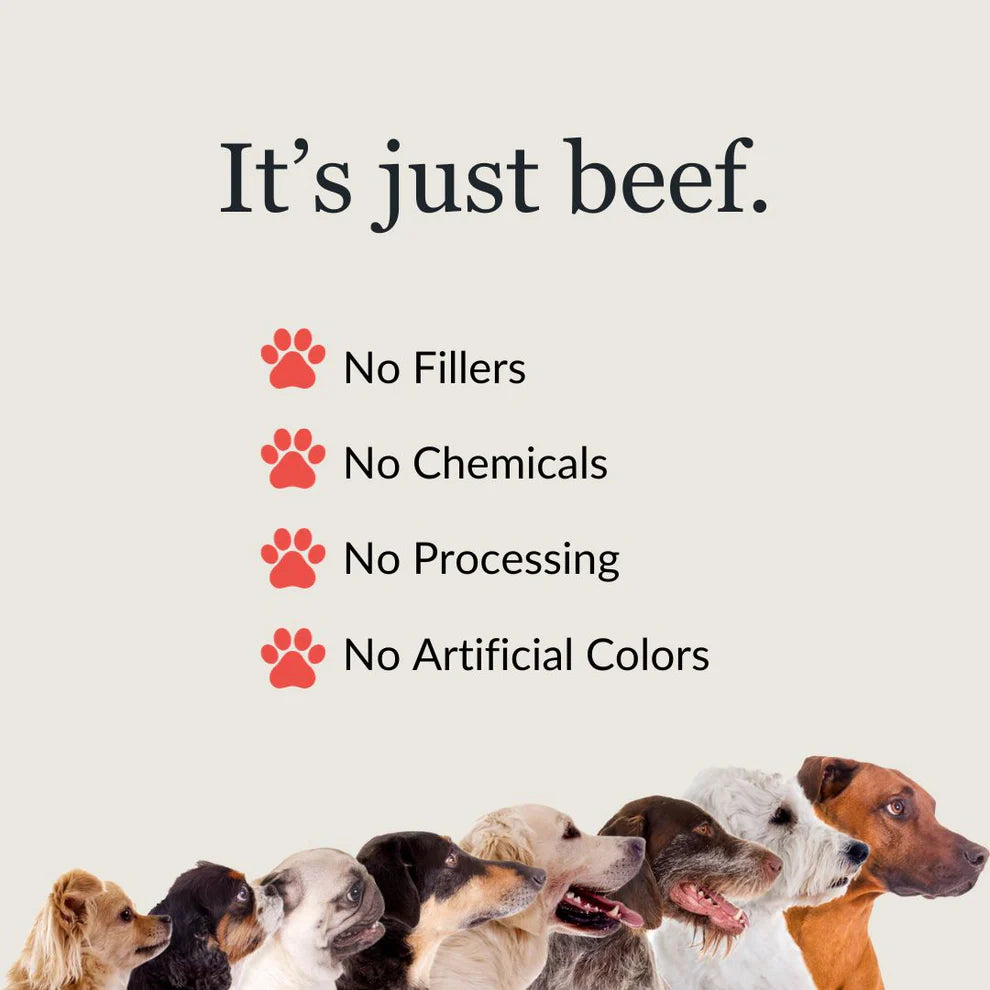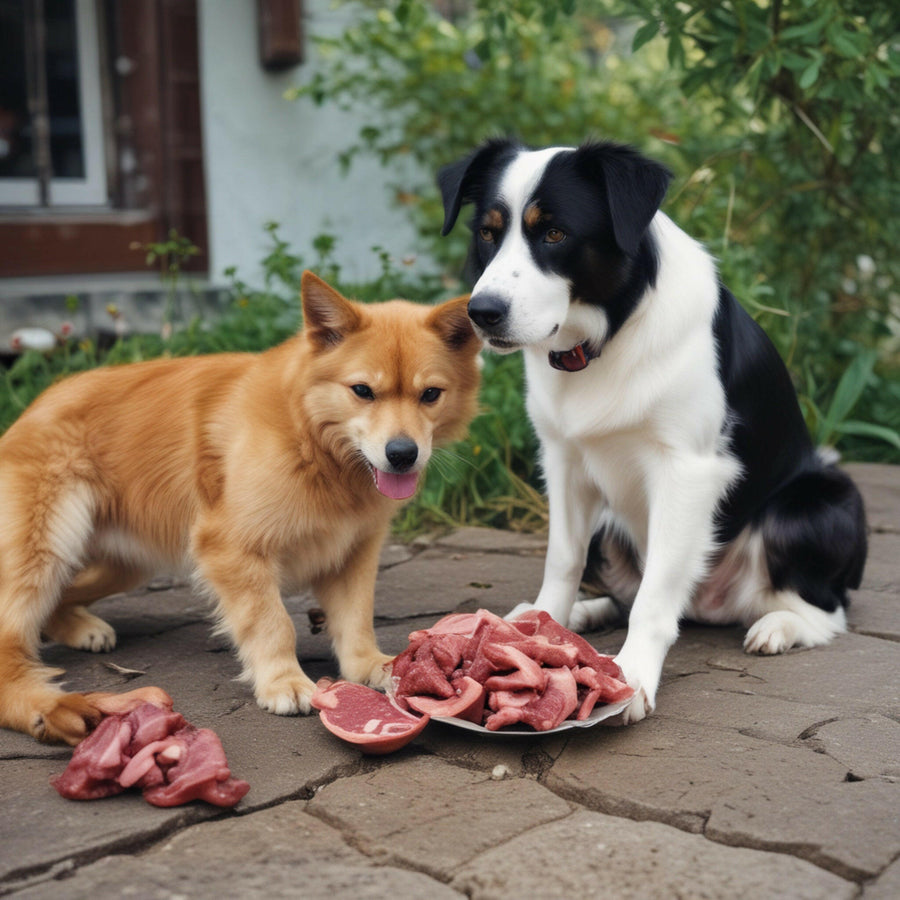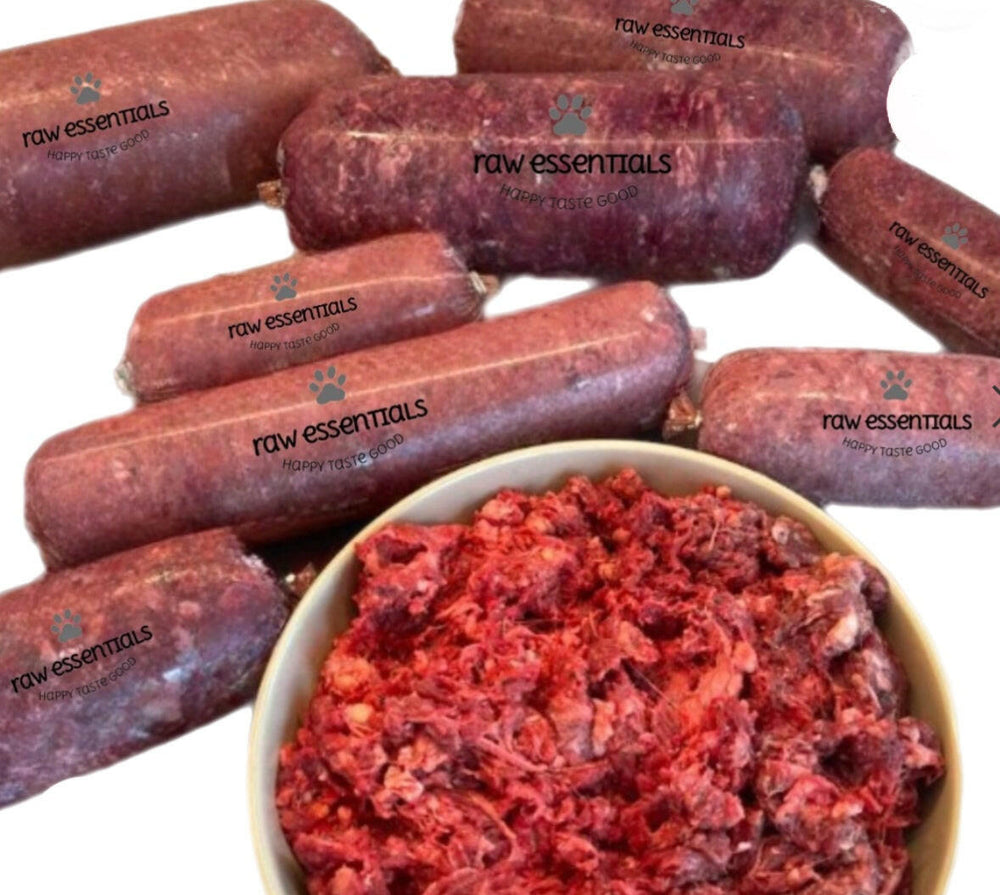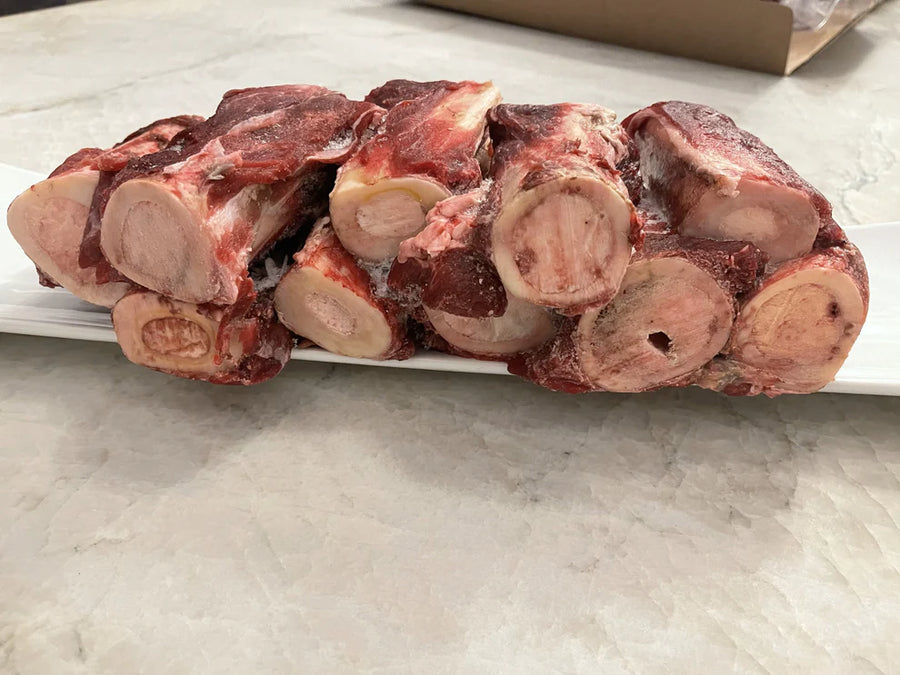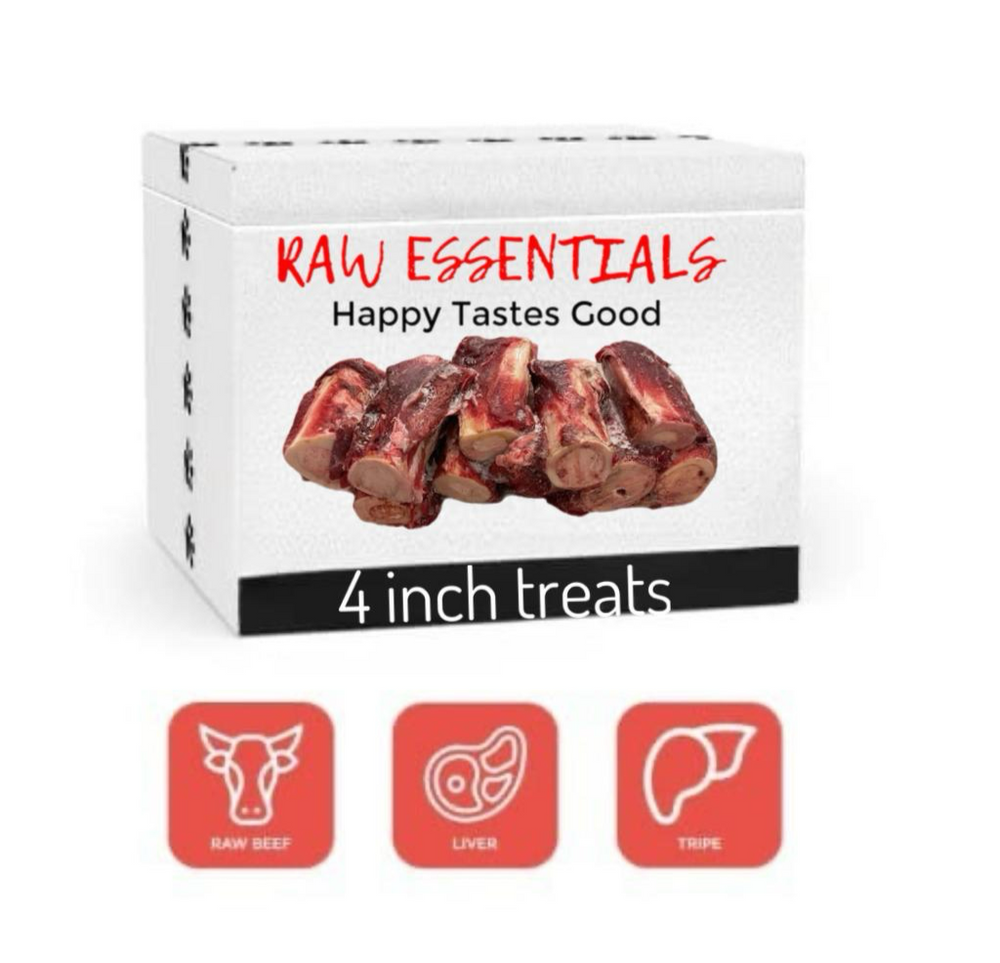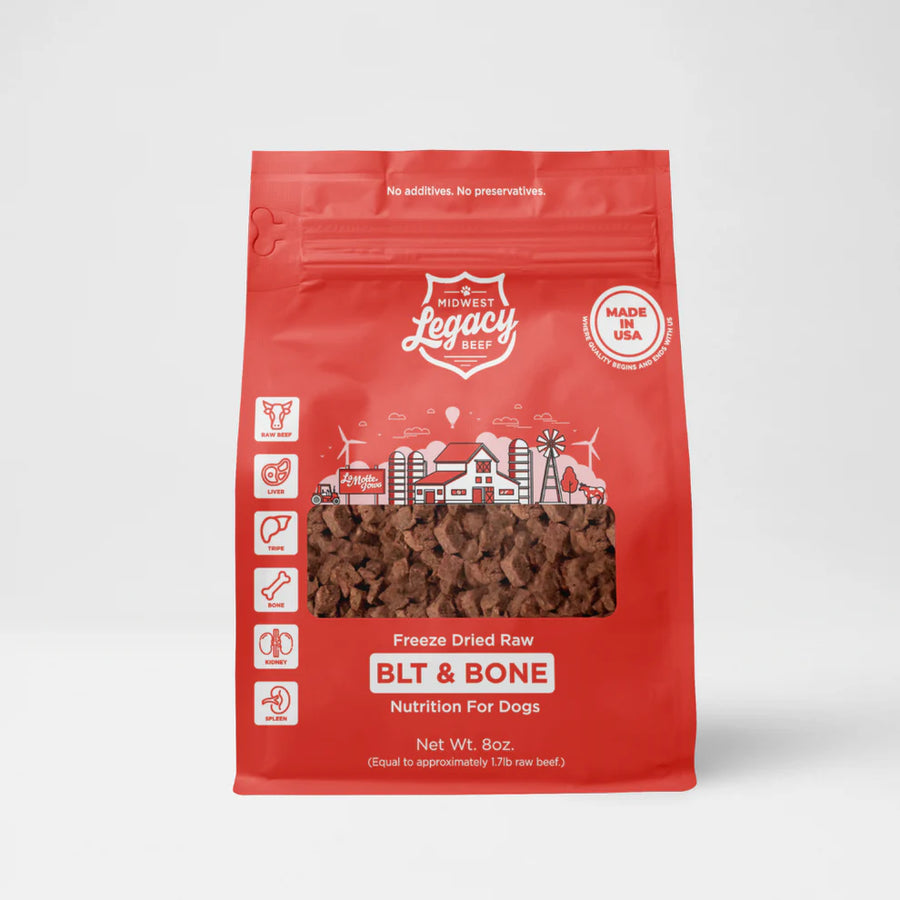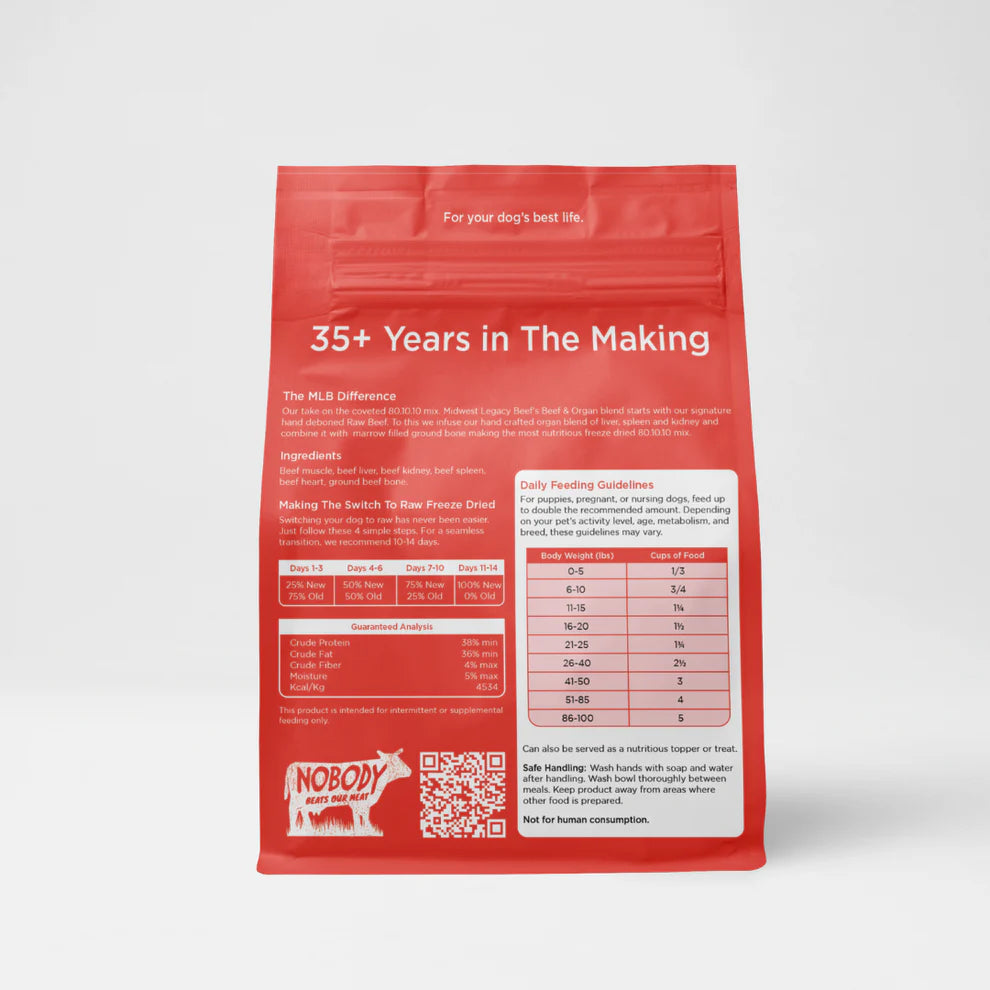Femur Bones
Understanding Femur Bones in Dogs
When it comes to our four-legged friends, understanding their anatomy can help us make informed choices about their health and well-being. One key area of interest for dog owners is the femur bone. You might have questions like, "Are femur bones safe for dogs?" or "How does a dog's femur contribute to its overall structure?" In this article, we'll delve into these questions, focusing particularly on pork femur bones for dogs and their safety.
Canine Bone Structure
Dogs, much like humans, have a complex skeletal system that provides support, protection, and mobility. The femur, or thigh bone, is the largest and strongest bone in a dog's body. It connects the hip to the knee and plays a crucial role in a dog's ability to walk, run, and jump.
The Role of the Femur in Dogs
The femur is integral to a dog's mobility. It bears the weight of the body and provides leverage for movement. This bone is part of the hind leg and is surrounded by strong muscles that aid in locomotion. Understanding this helps us appreciate why any issues with the femur, such as fractures, can significantly impact a dog's quality of life.
Dog Bone Anatomy
Dog bone anatomy is fascinating in its complexity. Bones like the femur are not just static structures; they are living tissues that grow and repair themselves. The femur consists of a shaft and two ends, which are involved in forming joints with the hip and knee. The bone marrow inside the femur also plays a role in producing blood cells.
Femur Bones for Dogs: A Popular Chew
Many dog owners consider giving their pets bones to chew on. It's a natural behavior for dogs, as it helps keep their teeth clean and provides mental stimulation. However, not all bones are created equal.
Pork Femur Bones for Dogs
Pork femur bones are commonly available and often marketed as safe for dogs. But are they really safe? Let's explore this further.
Are Pork Femur Bones Safe for Dogs?
The safety of pork femur bones for dogs largely depends on their preparation and the dog's chewing habits. Raw bones are generally safer than cooked ones because cooking can make bones brittle, increasing the risk of splintering. Splinters can cause serious injuries, including choking, digestive blockages, and damage to the mouth or intestines.
For safety, it's recommended that pork femur bones be given raw and always under supervision. Additionally, the size of the bone should be appropriate for the dog's size to prevent swallowing hazards.
Benefits of Chewing Femur Bones
Chewing on bones like the femur can offer several benefits to dogs. It helps clean their teeth by scraping away plaque and tartar. It also provides mental stimulation and satisfies their natural urge to chew, which can reduce destructive behaviors.
Risks of Chewing Femur Bones
While there are benefits, there are also risks associated with dogs chewing on femur bones. Apart from the risk of splintering, aggressive chewers might break teeth on hard bones. It's essential to monitor your dog and remove the bone once it becomes small enough to swallow or shows signs of splintering.
Alternatives to Pork Femur Bones
If you're concerned about the safety of pork femur bones, there are alternatives that can provide similar benefits without the associated risks.
Synthetic Chews
Synthetic chews are designed to be safe for dogs and come in various flavors and sizes. They are durable and less likely to splinter than natural bones. Look for high-quality products made from non-toxic materials.
Rawhide
Rawhide is another popular alternative. However, it's important to choose rawhide chews carefully, as some are treated with chemicals during processing. Opt for rawhide products that are made with natural ingredients and are free from harmful additives.
Dental Chews
Dental chews are specifically designed to promote oral health. They are often infused with enzymes or other ingredients that help reduce plaque and tartar buildup. These chews come in various forms and flavors, making them an appealing option for many dogs.
Ensuring Safe Chewing Practices
To ensure your dog's safety while enjoying a bone or chew, follow these guidelines:
- Supervise: Always supervise your dog when giving them a bone or chew to prevent accidents.
- Size Matters: Choose bones or chews that are appropriate for your dog's size.
- Inspect Regularly: Check the bone or chew regularly for signs of wear or splintering and remove it if necessary.
- Limit Chewing Time: Limit the time your dog spends chewing to prevent tooth damage.
- Consult Your Vet: If you're unsure about the safety of a particular bone or chew, consult your veterinarian for advice.
Conclusion
Understanding femur bones in dogs helps us make informed decisions about their health and well-being. While pork femur bones can be a beneficial chew when used correctly, it's crucial to weigh the benefits against the potential risks. By exploring alternatives and following safe chewing practices, you can help ensure that your dog enjoys their chew time safely and healthily. Always remember, your veterinarian is a valuable resource when it comes to the best choices for your furry friend's health.
In conclusion, whether you choose pork










